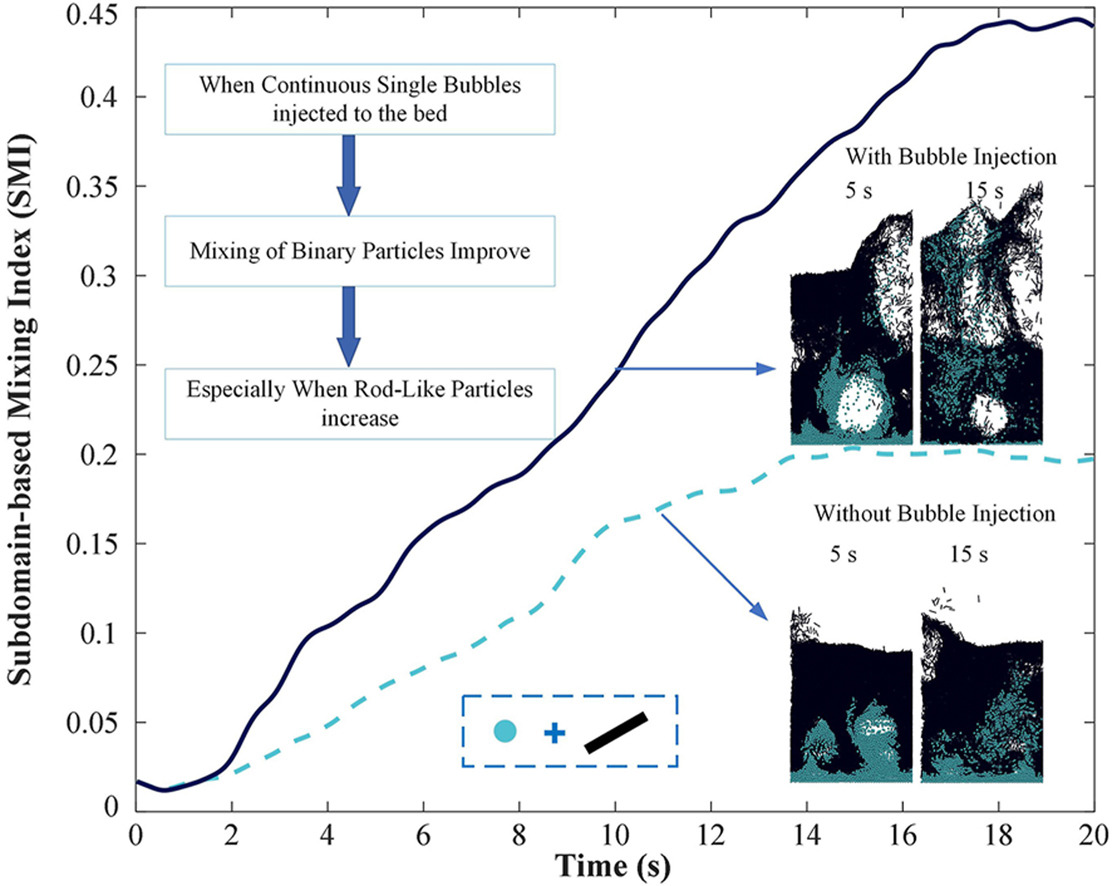- Volumes 96-107 (2025)
-
Volumes 84-95 (2024)
-
Volume 95
Pages 1-392 (December 2024)
-
Volume 94
Pages 1-400 (November 2024)
-
Volume 93
Pages 1-376 (October 2024)
-
Volume 92
Pages 1-316 (September 2024)
-
Volume 91
Pages 1-378 (August 2024)
-
Volume 90
Pages 1-580 (July 2024)
-
Volume 89
Pages 1-278 (June 2024)
-
Volume 88
Pages 1-350 (May 2024)
-
Volume 87
Pages 1-338 (April 2024)
-
Volume 86
Pages 1-312 (March 2024)
-
Volume 85
Pages 1-334 (February 2024)
-
Volume 84
Pages 1-308 (January 2024)
-
Volume 95
-
Volumes 72-83 (2023)
-
Volume 83
Pages 1-258 (December 2023)
-
Volume 82
Pages 1-204 (November 2023)
-
Volume 81
Pages 1-188 (October 2023)
-
Volume 80
Pages 1-202 (September 2023)
-
Volume 79
Pages 1-172 (August 2023)
-
Volume 78
Pages 1-146 (July 2023)
-
Volume 77
Pages 1-152 (June 2023)
-
Volume 76
Pages 1-176 (May 2023)
-
Volume 75
Pages 1-228 (April 2023)
-
Volume 74
Pages 1-200 (March 2023)
-
Volume 73
Pages 1-138 (February 2023)
-
Volume 72
Pages 1-144 (January 2023)
-
Volume 83
-
Volumes 60-71 (2022)
-
Volume 71
Pages 1-108 (December 2022)
-
Volume 70
Pages 1-106 (November 2022)
-
Volume 69
Pages 1-122 (October 2022)
-
Volume 68
Pages 1-124 (September 2022)
-
Volume 67
Pages 1-102 (August 2022)
-
Volume 66
Pages 1-112 (July 2022)
-
Volume 65
Pages 1-138 (June 2022)
-
Volume 64
Pages 1-186 (May 2022)
-
Volume 63
Pages 1-124 (April 2022)
-
Volume 62
Pages 1-104 (March 2022)
-
Volume 61
Pages 1-120 (February 2022)
-
Volume 60
Pages 1-124 (January 2022)
-
Volume 71
- Volumes 54-59 (2021)
- Volumes 48-53 (2020)
- Volumes 42-47 (2019)
- Volumes 36-41 (2018)
- Volumes 30-35 (2017)
- Volumes 24-29 (2016)
- Volumes 18-23 (2015)
- Volumes 12-17 (2014)
- Volume 11 (2013)
- Volume 10 (2012)
- Volume 9 (2011)
- Volume 8 (2010)
- Volume 7 (2009)
- Volume 6 (2008)
- Volume 5 (2007)
- Volume 4 (2006)
- Volume 3 (2005)
- Volume 2 (2004)
- Volume 1 (2003)
• Investigating bubble shape and diameter in rod-sphere mixtures using CFD-DEM.
• Demonstrating enhanced mixing through continuous bubble injection.
• Optimizing gas usage for efficient particle mixing in binary systems.
• Revealing improved mixing with increased rod-like particle content.
In this study, single bubbles are injected into a binary mixture comprising both spherical and rod-like particles to explore bubble shape and diameter. Effect of continuously injecting bubbles into a fluidized bed at a velocity near the minimum fluidization velocity on mixing is investigated. The combination of computational fluid dynamics and discrete element methods (CFD-DEM) as well as an experimental setup were used to investigate the mixing of particles in this situation. The rod-like particles were modeled by multi-sphere method. To assess the mixing performance, both qualitative and quantitative measures were employed, including visual examination of fluidized beds and evaluating subdomain-based mixing index. It was shown that the continuous injection of single bubbles can significantly improve mixing compared with the case of no bubble injection. Furthermore, when the number of rod-like particles increases, the continuous injection of single bubbles is an effective technique for improving mixing. In processes where gas utilization is critical and cost optimization is paramount, continuous injection of bubbles can reduce the gas volume required. This method is particularly beneficial in industries where high gas volumes are impractical or require significant equipment changes. It also helps break down dead zones and channeling phenomena in fluidized beds, especially when rod-like particles are present.

